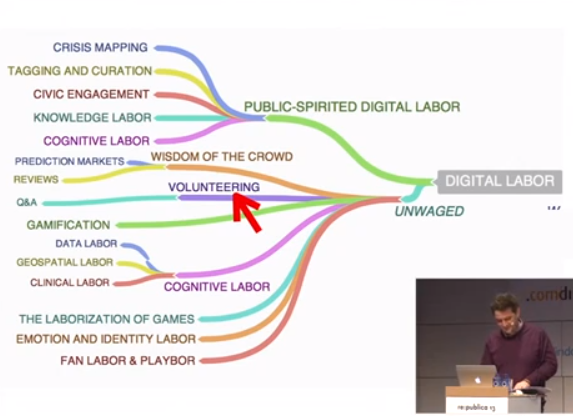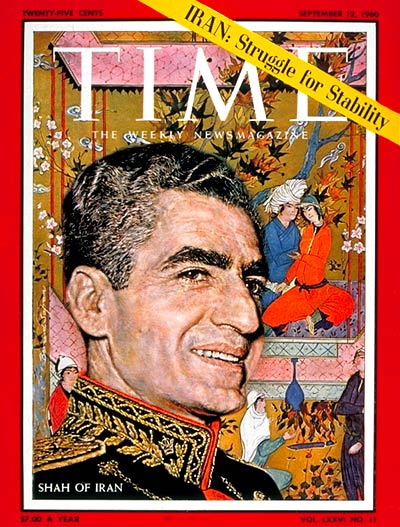Jeremy Paxman (aka Paxo) grills the Edmontonian in this BBC Newsnight interview but Carney is un-phased for the whole affair. The big question is “what is going to happen to productivity in the UK”. There has been an increase in employment but value generation in Britain is yet to truly be realised. In sum, Britain is doing well. a) Inflation is back on target, b) there are 300,000 new private sector jobs and c) the UK is the strongest growing economy amongst advanced countries. Carney is trying to hold back banker bonuses which Ed Miliband opposes in some way(?); definitely well played answer there. Mark Carney finds Bitcoin interesting; the free banking in Canada and the US in the 19th century in which banks could issue their own notes inevitably led to a value spirals. Bitcoin doesn’t work in that fashion but for Carney, BitCoin is just interesting. What works better is an independent institution like the Bank of England regulating the system, with civil servants focused on optimising the economic performance as much as any centralised institution can.
Category Archives: Business
The Dark Side of Digital Labour
Summary of Trebor Scholtz’ Talk The talk is an overview of online crowdsourcing which is wiping away 100 years of progress in labour rights according to Trebor Scholz.
 Digital labour is now allowing for a return to child labour, 8 hour work day, unethical business practices ALL through distance based employment. There is an increased precarious lifestyle emerging with unpaid student internships are being one characterisations offline as well as sweat shops in the Philippines. What we are seeing now is a new digital workforce that is being exploited by entrepreneurs.
Digital labour is now allowing for a return to child labour, 8 hour work day, unethical business practices ALL through distance based employment. There is an increased precarious lifestyle emerging with unpaid student internships are being one characterisations offline as well as sweat shops in the Philippines. What we are seeing now is a new digital workforce that is being exploited by entrepreneurs.
 Business has used interesting language to characterise these activities. These labourers don’t see themselves as employees. They call themselves task-rabbits, cloud-workers. Amazon’s Mechanical Turk has anonymous tasks that pay very poorly. Mechanical Turk is 70% US female workers and 30% India degree educated workers. Research shows that some people aren’t doing these tasks for money, they trying to learn English. 18% of Amazon Mechanical Turk users are considered full time: $2.00 per hours. There are problems like delayed payment, mobilisation for labour rights is not easy. Users pick from a wide range of task Clickworkers are working as if it is past time. Playbour is another way to describe this labour. From Scholz’ perspective, their activities are considered totally alienating: no identity of the employers and the works on Amazon’s Mechanical Turk (you don’t get to see who your employers is for example).
Business has used interesting language to characterise these activities. These labourers don’t see themselves as employees. They call themselves task-rabbits, cloud-workers. Amazon’s Mechanical Turk has anonymous tasks that pay very poorly. Mechanical Turk is 70% US female workers and 30% India degree educated workers. Research shows that some people aren’t doing these tasks for money, they trying to learn English. 18% of Amazon Mechanical Turk users are considered full time: $2.00 per hours. There are problems like delayed payment, mobilisation for labour rights is not easy. Users pick from a wide range of task Clickworkers are working as if it is past time. Playbour is another way to describe this labour. From Scholz’ perspective, their activities are considered totally alienating: no identity of the employers and the works on Amazon’s Mechanical Turk (you don’t get to see who your employers is for example).
 Other forms of so-called Playbour are less obvious. HuffingtonPost started in 2005 by aggregating various leftwing blogs with posts from Obama and Oprah alongside random quality bloggers until 2011 when Mrs. Huffington sold the company to AOL for $350 million dollars. The bloggers were not compensated for the new wealth acquired through this transaction. In fact, the bloggers were never ever paid for any of the posts that were featured on the site. A strike was endorsed by the Newspaper Guild of America and even a lawsuit of $105 million was filed for compensated. That class action lawsuit was lost and the strike ended rather quickly. Making money off the backs of bloggers was exactly how Huffington made her wealth from Scholtz’ perspective. This is another example of people writing for exposure when they don’t even know the value of their work.
Other forms of so-called Playbour are less obvious. HuffingtonPost started in 2005 by aggregating various leftwing blogs with posts from Obama and Oprah alongside random quality bloggers until 2011 when Mrs. Huffington sold the company to AOL for $350 million dollars. The bloggers were not compensated for the new wealth acquired through this transaction. In fact, the bloggers were never ever paid for any of the posts that were featured on the site. A strike was endorsed by the Newspaper Guild of America and even a lawsuit of $105 million was filed for compensated. That class action lawsuit was lost and the strike ended rather quickly. Making money off the backs of bloggers was exactly how Huffington made her wealth from Scholtz’ perspective. This is another example of people writing for exposure when they don’t even know the value of their work.
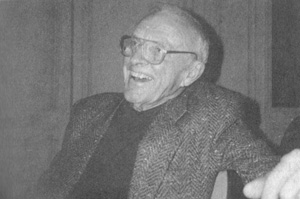 “If you are not paying for a service the chances are you are the product, according to Trebor.” Dallas Walker Smythe (from Saskatchewan, Canada) coined the idea of the audience commodity. Facebook, Linked etc are all engaged in cognitive labour. Every time we make a Facebook post or send Linkedin message, we increase the value of those companies through the page views that this newest form of exploitation generated. Depending on how valuable the other half of the exchange is to you as user. Alternative structures to facebook.com have had technical problems of their own. They didn’t manage to bring in users. Example, Diaspora.com which could have been (may still be) the alternative….
“If you are not paying for a service the chances are you are the product, according to Trebor.” Dallas Walker Smythe (from Saskatchewan, Canada) coined the idea of the audience commodity. Facebook, Linked etc are all engaged in cognitive labour. Every time we make a Facebook post or send Linkedin message, we increase the value of those companies through the page views that this newest form of exploitation generated. Depending on how valuable the other half of the exchange is to you as user. Alternative structures to facebook.com have had technical problems of their own. They didn’t manage to bring in users. Example, Diaspora.com which could have been (may still be) the alternative….
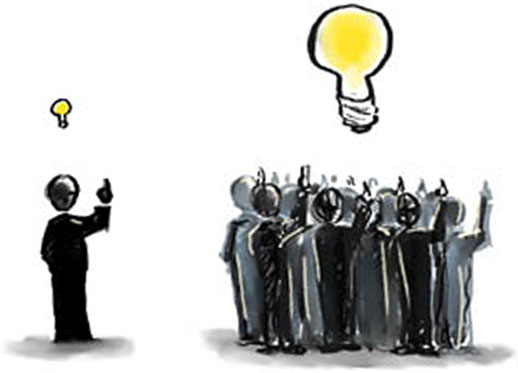 Positive Models for Crowdsourcing: There are some positive non-commercial forms of work that Scholtz really likes. Such as Distributed Proofreaders, ScienceCommons, Click Workers which is public spirited. Scholtz wants to restrict other kinds of work. Fairnopoly is an example of a fair-trade marketplace that is worth looking into further. There are new efforts to unionise online labour. Unionised labour online for crowdsource. Crowdspring has had a law suit from a user who feels he was a user. With Amazon Mechanical Turk now allows for a tool called Turkopticon to have more accountable employee and employer relations. Trebor Scholz is looking to help users sue major companies like Amazon and then states that these lawsuits will likely fail base don the laws on the books but perhaps one crazy judge will make a descending decision….
Positive Models for Crowdsourcing: There are some positive non-commercial forms of work that Scholtz really likes. Such as Distributed Proofreaders, ScienceCommons, Click Workers which is public spirited. Scholtz wants to restrict other kinds of work. Fairnopoly is an example of a fair-trade marketplace that is worth looking into further. There are new efforts to unionise online labour. Unionised labour online for crowdsource. Crowdspring has had a law suit from a user who feels he was a user. With Amazon Mechanical Turk now allows for a tool called Turkopticon to have more accountable employee and employer relations. Trebor Scholz is looking to help users sue major companies like Amazon and then states that these lawsuits will likely fail base don the laws on the books but perhaps one crazy judge will make a descending decision….
 Motivation in crowdsourcing is another paradoxical discovery. Paying people to make Wikipedia entries actually has an interesting result; having multiple prices for your contribution based on posts actually demotivates them. Trebor Scholz labour standards should be brought online: he thinks it is absurd to underpay people online & Scholz is very angry about that.
Motivation in crowdsourcing is another paradoxical discovery. Paying people to make Wikipedia entries actually has an interesting result; having multiple prices for your contribution based on posts actually demotivates them. Trebor Scholz labour standards should be brought online: he thinks it is absurd to underpay people online & Scholz is very angry about that.
Walt Disney: Innovation Is Incremental Not Completely Abrupt
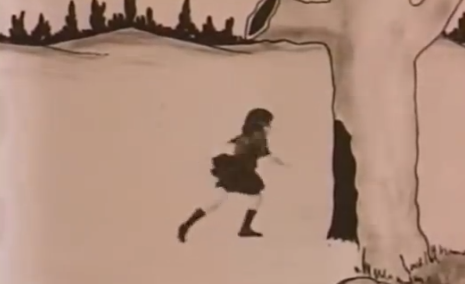 Animators in the 1920s were taking live action and adding cartoons to them. Walt Disney with (Kansas City-based) Laugh-O-Gram reversed this idea and had cartoons with one live action character in his Alice Adventures series. Ub Iwerks was the actual artists, Walt Disney was the visionary and Roy Disney was the finance guy all collectively working towards innovating. Disney believed in realism but also believed in constantly improving. After some modest success and then brutal failure, Disney headed to where all movie makers go: Hollywood.
Animators in the 1920s were taking live action and adding cartoons to them. Walt Disney with (Kansas City-based) Laugh-O-Gram reversed this idea and had cartoons with one live action character in his Alice Adventures series. Ub Iwerks was the actual artists, Walt Disney was the visionary and Roy Disney was the finance guy all collectively working towards innovating. Disney believed in realism but also believed in constantly improving. After some modest success and then brutal failure, Disney headed to where all movie makers go: Hollywood.
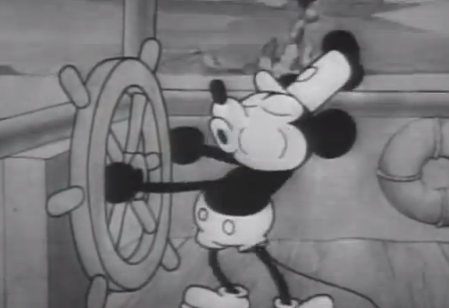 In 1929, Steam Boat Willy was the first sound based cartoon with Walt providing the voice of Mickey. This short animation was a hugely successful production for Disney. In addition, the Silly Symphony was a colour based cartoon with sound that expand Disney’s scale as a business. Walt Disney took animation forward but it was never about completely re-inventing ideas. The steps and innovation were secondary to the discipline of delivering the film.
In 1929, Steam Boat Willy was the first sound based cartoon with Walt providing the voice of Mickey. This short animation was a hugely successful production for Disney. In addition, the Silly Symphony was a colour based cartoon with sound that expand Disney’s scale as a business. Walt Disney took animation forward but it was never about completely re-inventing ideas. The steps and innovation were secondary to the discipline of delivering the film.
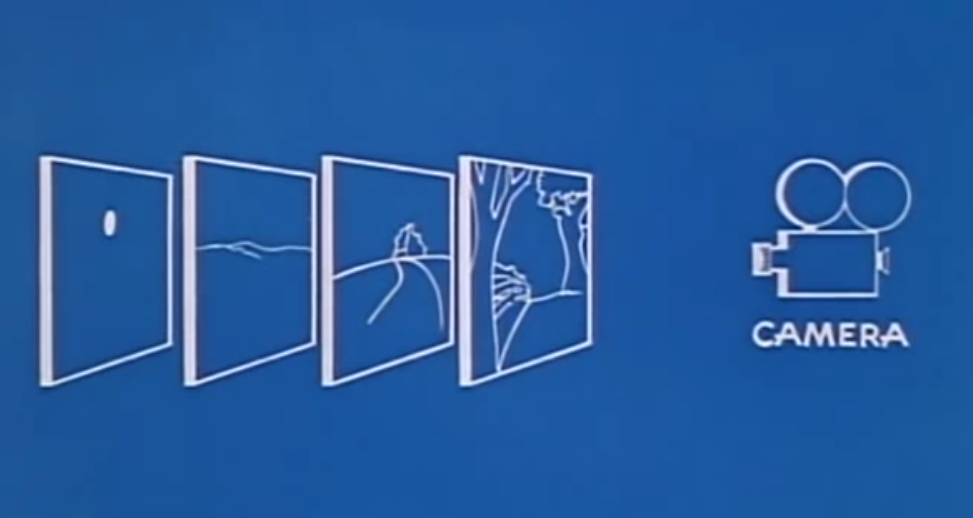 From the start, Disney would take contemporary fair tales and provide a modern spin on them rather than do something completely different. The idea is that he was borrowing from the past the way the Beatles borrowed from Blues. Colour was introduced in 1932 and then the first feature length Disney movie Snow White was released in 1937. Learning by trial and error was trying to figure out how to create something creative. Adding multi-layered images, adding colour served as later innovations that would put Disney at the top of innovation nonetheless the innovation was incremental and logical. The Multi-Plain Camera allowed Disney to have multiple layers on the screen, which was essential after the success of Snow White. It provided dimensionality to standard images. This addition of depth to an image was another innovation that was quickly developed within Disney.
From the start, Disney would take contemporary fair tales and provide a modern spin on them rather than do something completely different. The idea is that he was borrowing from the past the way the Beatles borrowed from Blues. Colour was introduced in 1932 and then the first feature length Disney movie Snow White was released in 1937. Learning by trial and error was trying to figure out how to create something creative. Adding multi-layered images, adding colour served as later innovations that would put Disney at the top of innovation nonetheless the innovation was incremental and logical. The Multi-Plain Camera allowed Disney to have multiple layers on the screen, which was essential after the success of Snow White. It provided dimensionality to standard images. This addition of depth to an image was another innovation that was quickly developed within Disney.
Ergonomic Sitting Styles – Active Sitting
This is an excellent video about posture, sitting and ergonomic well being from a furniture store in the US. I was particularly impressed with the quality of the video and the scientific argument presented. It could be fun to do some more research into this topic!
Lee Iacocca: External Factors Cannot Be Predicted
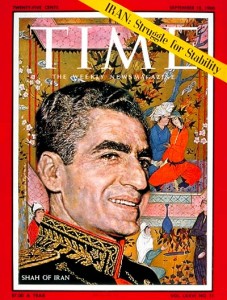 When the Shah fell in January 16th, 1979, the price of gas doubled. Gas guzzlers like RVs were the first to stop selling. The myth that the Big Three could have anticipated the spike in gas prices is foolish according for Iacocca. Until 1979, the customers wanted big V8 engines and demand was very high. Iacocca argues that small cars do not sell well in good times. The customers were leading the way. In 1978, Chrysler had small car but customers did not want to buy them. Period.
When the Shah fell in January 16th, 1979, the price of gas doubled. Gas guzzlers like RVs were the first to stop selling. The myth that the Big Three could have anticipated the spike in gas prices is foolish according for Iacocca. Until 1979, the customers wanted big V8 engines and demand was very high. Iacocca argues that small cars do not sell well in good times. The customers were leading the way. In 1978, Chrysler had small car but customers did not want to buy them. Period.
 Customers were not interested in small cars before 1979 as evidenced by Honda and Toyota who were not performing well in the US. The fact is that Toyota and Honda built nothing BUT small cars so whenever the shift occurred they would benefit. Everything changed when 700,000 Toyotas were sold at black-market prices with $0.65 per gallon price tags. There was a 15% rise in demand for small cars in the first 5 months of 1979. This is a catastrophic shift. In one day, van sales fell by 42%. Iacocca was ready with plans for his K-car but the recession nosedived Chrysler towards a brutal destruction.
Customers were not interested in small cars before 1979 as evidenced by Honda and Toyota who were not performing well in the US. The fact is that Toyota and Honda built nothing BUT small cars so whenever the shift occurred they would benefit. Everything changed when 700,000 Toyotas were sold at black-market prices with $0.65 per gallon price tags. There was a 15% rise in demand for small cars in the first 5 months of 1979. This is a catastrophic shift. In one day, van sales fell by 42%. Iacocca was ready with plans for his K-car but the recession nosedived Chrysler towards a brutal destruction.

